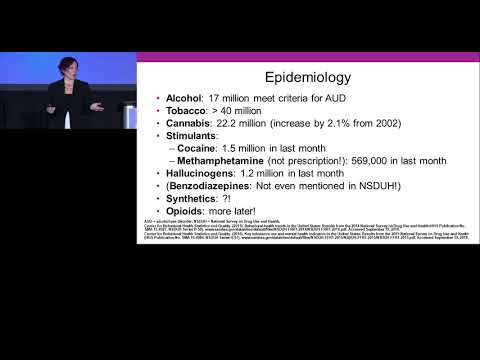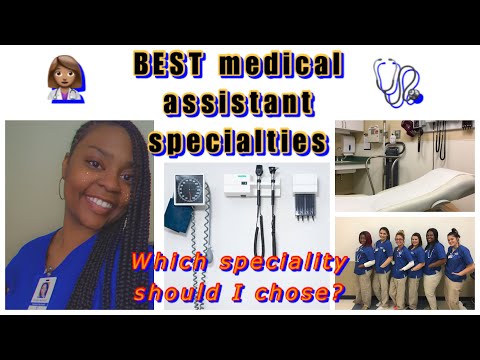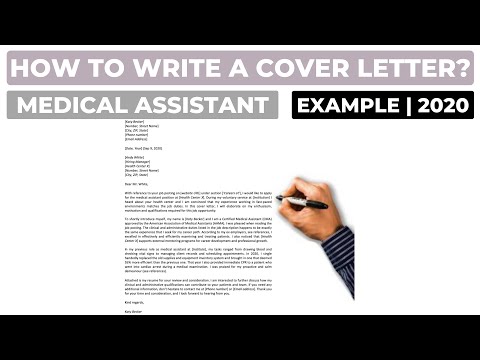Medication Assisted Treatment for Opioid Dependence
Contents [show]
Medication Assisted Treatment (MAT) is the use of medications, in combination with counseling and behavioral therapies, to provide a “whole-patient” approach to the treatment of substance use disorders.
Checkout this video:
Introduction to Medication Assisted Treatment (MAT)
Medication Assisted Treatment is a comprehensive approach to treating opioid dependence that combines behavioral therapy and counseling with FDA-approved medication. MAT has been shown to be an effective treatment for reducing withdrawal symptoms, abstinence, and relapse. It is important to note that MAT is not a cure for opioid dependence, but rather a tool to help individuals achieve and maintain sobriety.
There are three FDA-approved medications used in MAT:
Methadone: Methadone is an opioid agonist that binds to the same receptors in the brain as other opioids, such as heroin and prescription painkillers. By binding to these receptors, methadone reduces cravings and withdrawal symptoms without producing the “high” associated with other opioids. Methadone is dispensed daily in liquid form from federally regulated clinics.
Buprenorphine: Buprenorphine is a partial opioid agonist that also binds to the same receptors in the brain as other opioids. However, buprenorphine does not produce the same level of euphoria as full opioid agonists, such as methadone or heroin. Buprenorphine can be prescribed by certified physicians and dispensed from pharmacies in tablet or film form.
Naltrexone: Naltrexone is an opioid antagonist that blocks the effects of other opioids by binding to receptors in the brain. Naltrexone does not produce any psychoactive effects and can be prescribed by certified physicians in pill form. It is also available as an injectable medication, Vivitrol, which can provide up to 30 days of protection from relapse following detoxification.
MAT is typically provided on an outpatient basis; however, some individuals may require intensive outpatient or residential care depending on their level of dependence and other factors. If you or someone you know is struggling with opioid dependence, please call our 24/7 helpline at 1-800-662-HELP(4357) to speak with a certified addiction specialist who can help you find a treatment program that meets your needs.
What is Opioid Dependence?
Opioid dependence is a medical condition that occurs when a person uses opioids, such as heroin or prescription painkillers, regularly. Over time, the person will develop a tolerance to the drug and will need to use more of it to achieve the same effect. They may also begin to feel withdrawal symptoms when they stop using opioids. Medication Assisted Treatment (MAT) is a way to help people who are struggling with opioid dependence. MAT involves using medication, such as methadone or buprenorphine, to help reduce withdrawal symptoms and cravings. It also provides counseling and support to help people make lifestyle changes that can improve their overall health and well-being.
Causes of Opioid Dependence
The use of opioids can lead to physical dependence, an adaptive state that develops with repeated drug exposure and results in withdrawal upon discontinuation of the drug. Withdrawal symptoms can be uncomfortable and may even be life-threatening. Physical dependence does not necessarily indicate addiction, however. Individuals who are physically dependent on opioids may not have a problem with abuse or control over their use of the drug.
Symptoms of Opioid Dependence
There are a number of symptoms that may indicate someone is suffering from opioid dependence, including:
– Taking opioids in larger doses than intended, or for a longer period of time than intended
– Experiencing cravings or a strong desire to use opioids
– Spending a lot of time obtaining, using, or recovering from the effects of opioids
– Failing to meet work, school, or home obligations due to opioid use
– Giving up important social activities or hobbies in favor of using opioids
– Using opioids despite having relationship problems that are caused or exacerbated by drug use
– Continuing to use opioids despite health problems that are caused or exacerbated by drug use
Complications of Opioid Dependence
Patients who are opioid dependent may experience a number of complications, including constipation, nausea and vomiting, sleep disorders, and sexual dysfunction. In addition, patients may also suffer from withdrawal symptoms when they attempt to stop using opioids. These symptoms can include diarrhea, cold sweats, and muscle aches.
Treatment for Opioid Dependence
Medication assisted treatment (MAT) is a comprehensive approach to treating opioid dependence that combines behavioral therapy with medication.MAT can be used to treat dependence on both prescription and illegal opioids, and it has been shown to be effective in reducing opioid use, preventing relapse, and improving quality of life.
There are three main types of medication used in MAT:
-Methadone: A long-acting synthetic opioid that is taken orally. It binds to the same receptors in the brain as other opioids, but it does not produce the same “high.” Methadone is used to relieve withdrawal symptoms and cravings, and it can also help people manage their daily lives by reducing the effects of other drugs.
-Buprenorphine: A partial agonist that is taken sublingually (under the tongue). Like methadone, buprenorphine binds to the same receptors in the brain as other opioids, but it produces a less intense “high.” Buprenorphine can be used to relieve withdrawal symptoms and cravings, and it can also help people manage their daily lives by reducing the effects of other drugs.
-Naltrexone: An antagonist that is taken orally or injected intramuscularly. Naltrexone blocks the effects of other opioids by binding to the receptors in the brain, making it an effective tool for preventing relapse. It is important to note that naltrexone should only be used when someone has completed detoxification from opioids and is not currently using them.
MAT is an important part of recovery from opioid dependence, and it can be lifesaving for those who are struggling with addiction. If you or someone you know is struggling with an opioid addiction, please seek help from a qualified healthcare professional.
Medications Used in medication assisted treatment
There are three FDA-approved medications used in Medication Assisted Treatment (MAT) for opioid dependence: methadone, buprenorphine, and naltrexone.
Methadone is a long-acting opioid that is dispensed daily in federally regulated clinics. Buprenorphine is a partial opioid agonist that can be prescribed by any certified physician and dispensed by pharmacies. Naltrexone is an opioid antagonist that blocks the effects of opioids and is typically taken as a daily pill.
All three medications are coupled with counseling and behavioral therapy to provide patients with the best possible chance for long-term recovery.
Benefits of Medication Assisted Treatment
Medication assisted treatment (MAT) is a comprehensive approach to treating opioid dependence that combines pharmacotherapy with counseling and behavioral therapies. MAT has been shown to be effective in reducing drug use, improving patient retention in treatment programs, and reducing the risk of relapse and overdose.
Risks and Drawbacks of Medication Assisted Treatment
There are many risks and drawbacks associated with medication assisted treatment for opioid dependence. These include the potential for abuse and overdose, the cost of treatment, and the lack of access to care. Medication assisted treatment should only be used as part of a comprehensive treatment plan that includes counseling and other support services.
Conclusion
Medication assisted treatment (MAT) is an evidence-based practice that combines behavioral therapy and medications to treat substance use disorders. MAT is an effective treatment for opioid dependence, and can help people reduce their use of opioids, prevent relapse, and improve their overall health and well-being.







